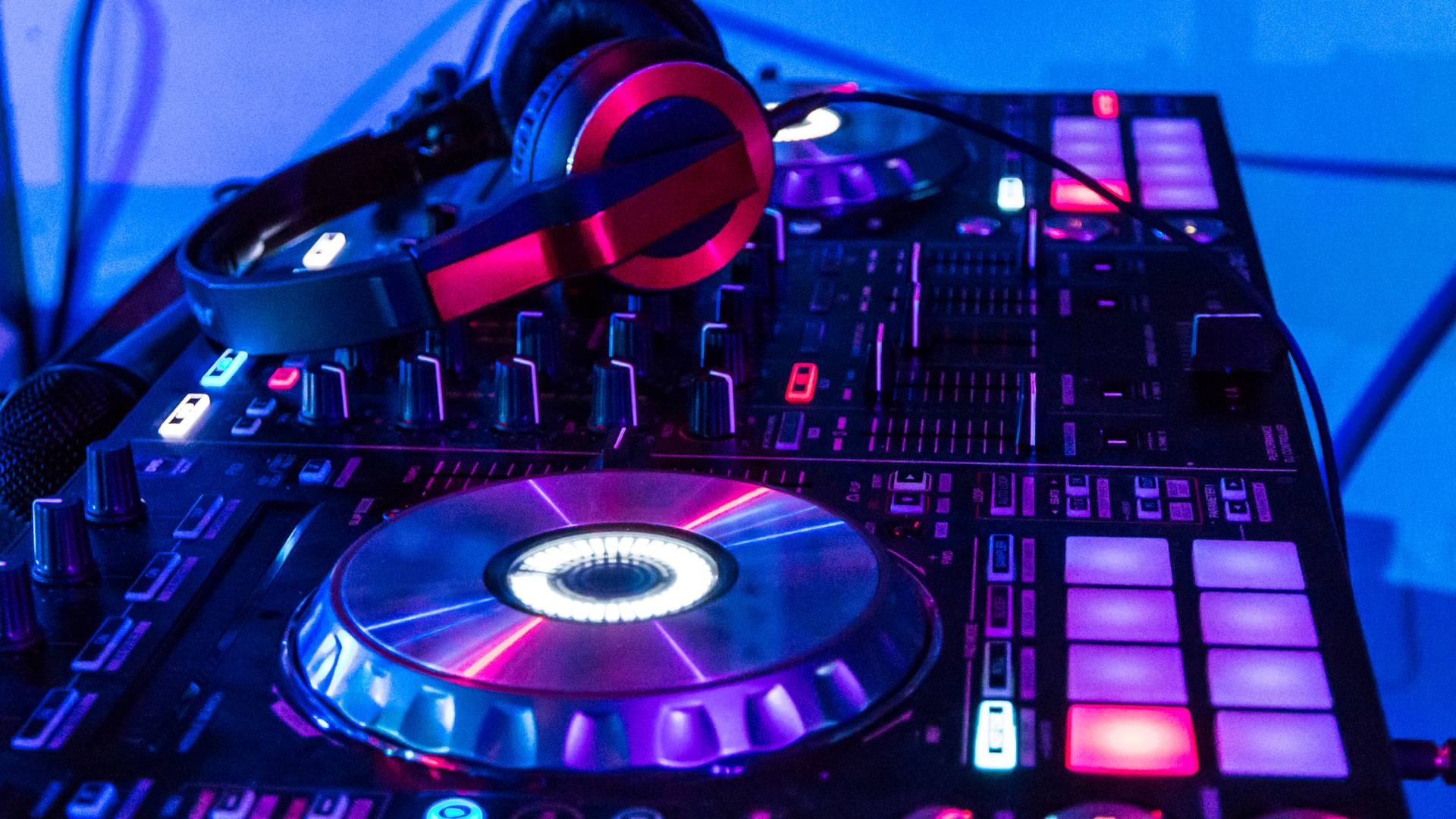By LongstarGifts Team
At LongstarGifts, we’re currently developing a 2.4GHz pixel-level control system for our DMX-compatible LED wristbands, designed for use in large-scale live events. The vision is ambitious: treat every audience member as a pixel in a massive human display screen, enabling synchronized color animations, messages, and dynamic light patterns across the crowd.
This blog post shares the core architecture of our system, the challenges we’ve encountered—particularly in signal interference and protocol compatibility—and opens an invitation to engineers experienced in RF communication and mesh networking to share insights or suggestions.

System Architecture and Design Concept
Our system follows a hybrid “star topology + zone-based broadcast” architecture. The central controller uses 2.4GHz RF modules to wirelessly broadcast control commands to thousands of LED wristbands. Each wristband has a unique ID and preloaded lighting sequences. When it receives a command matching its group ID, it activates the relevant light pattern.
To achieve full-scene effects like wave animations, section-based gradients, or music-synced pulses, the crowd is divided into zones (e.g., by seating area, color group, or function). These zones receive targeted control signals through separate channels, allowing precise pixel-level mapping and synchronization.
2.4GHz was chosen for its global availability, low power consumption, and wide coverage, but requires robust timing and error-handling mechanisms. We’re implementing time-stamped commands and heartbeat synchronization to ensure every wristband executes effects in sync.

Use Cases: Lighting Up the Crowd
Our system is designed for high-impact environments such as concerts, sports arenas, and festival shows. In these settings, each LED wristband becomes a light-emitting pixel, transforming the audience into an animated LED screen.
This is not a hypothetical scenario—global artists like Coldplay and Taylor Swift have used similar crowd lighting effects in their world tours, driving massive emotional engagement and unforgettable visual impact. The synchronized lights can match the beat, create coordinated messages, or respond in real time to live performances, making each attendee feel like part of the show.
Key Technical Challenges
1. 2.4GHz Signal Interference
The 2.4GHz spectrum is notoriously crowded. It shares bandwidth with Wi-Fi, Bluetooth, Zigbee, and countless other wireless devices. At any given concert or stadium, the airwaves are filled with interference from audience smartphones, venue routers, and Bluetooth audio systems.
This creates risks of signal collision, dropped commands, or latency that can ruin the desired synchronized effect.
2. Protocol Compatibility
Unlike standardized consumer products, custom LED wristbands and controllers often use proprietary communication stacks. This presents protocol fragmentation—different devices may not understand each other, and integrating third-party control systems becomes difficult.
Moreover, when covering large crowds with multiple base stations, cross-channel interference, address conflicts, and command overlaps can become serious issues—especially when thousands of devices must respond in harmony, in real time, and on battery power.

What We’ve Tried So Far
To mitigate interference, we’ve tested frequency hopping (FHSS) and channel segmentation, assigning different base stations to non-overlapping channels across the venue. Each controller broadcasts commands redundantly, with CRC checks for reliability.
On the device side, wristbands use low-power radio modules that periodically wake, check for commands, and execute preloaded light effects only when the group ID matches. For time synchronization, we’ve embedded timestamps and frame indices into the commands to ensure every device renders effects at the correct moment, regardless of when it received the command.
In early tests, a single 2.4GHz controller could cover a radius of several hundred meters. By placing secondary transmitters at opposite sides of the venue, we improved signal reliability and closed blind spots. With over 1,000 wristbands operating simultaneously, we achieved basic success in running gradients and simple animations.
However, we’re now optimizing our zone assignment logic and adaptive re-transmission strategies to improve stability in real-world scenarios.
————————————————————————————————————————————————————————————————————————————————————————————-
Call for Collaboration
As we refine our pixel-control system for mass deployment, we’re reaching out to the technical community. If you have experience in:
-
2.4GHz RF protocol design
-
Interference mitigation strategies
-
Lightweight, low-power wireless mesh or star network systems
-
Time synchronization in distributed lighting systems
—we’d love to hear from you.
This is not just a lighting solution—it’s a real-time, immersive experience engine that connects thousands of people through technology.
Let’s build something brilliant together.
Post time: Aug-06-2025






